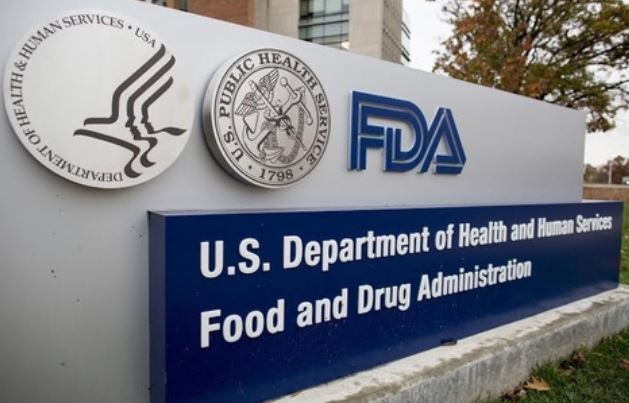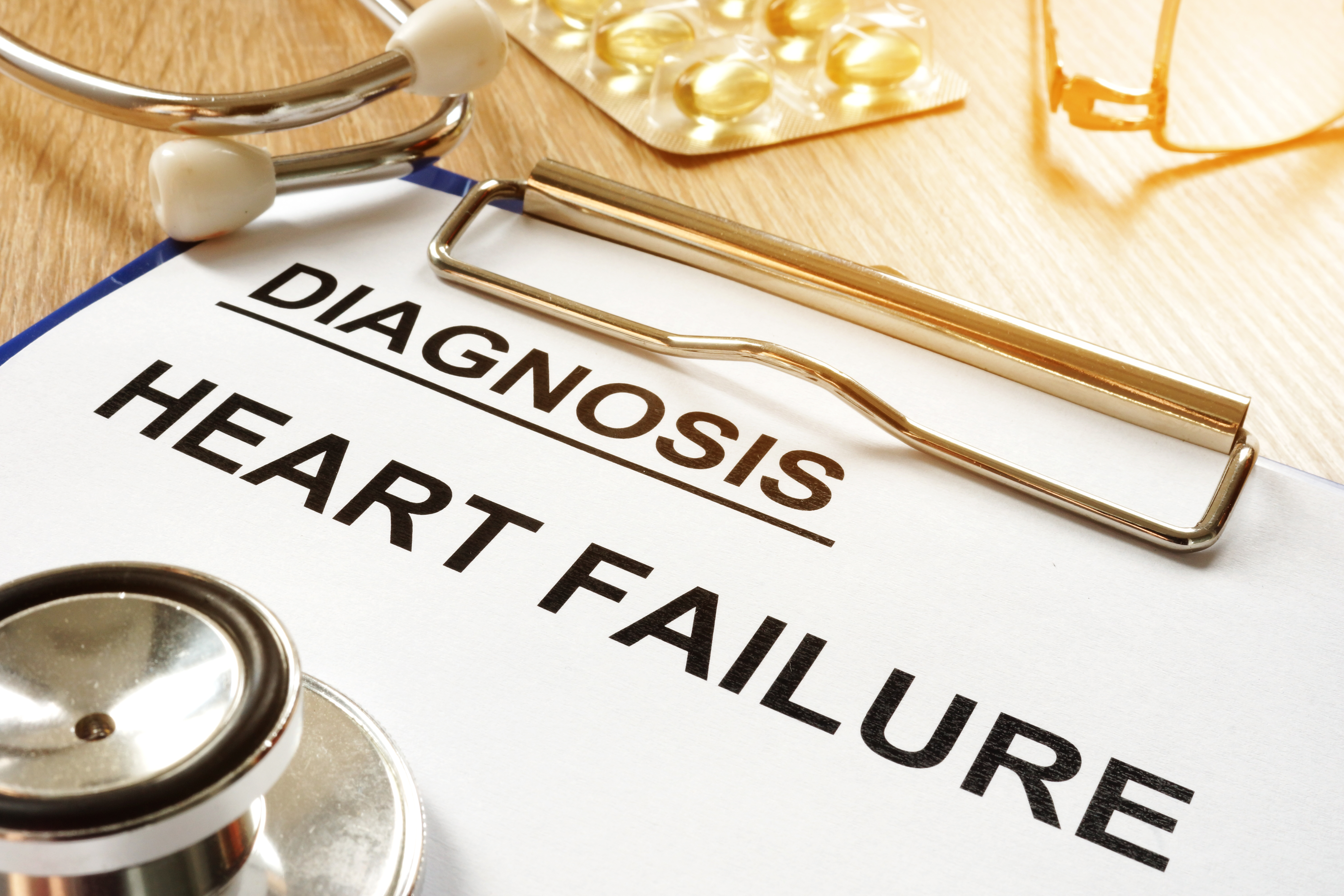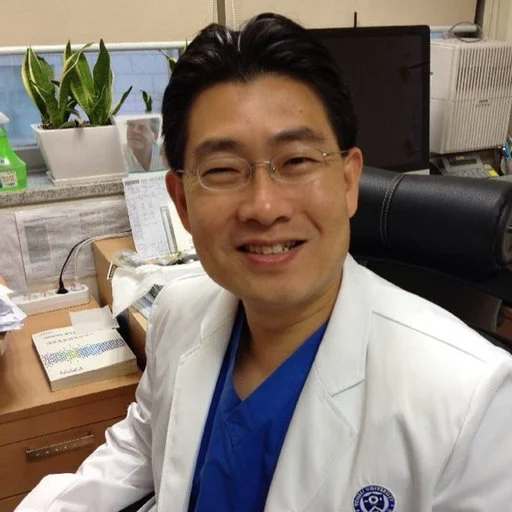The US food and drug Administration (FDA) has recently been conducting an investigation on voluntary recalls of multiple generic angiotensin II receptor blocker (ARB) drug products used to treat high blood pressure and heart failure. The recalls initiated in July 2018 and continue to date due to the presence of Nitrosamine impurities, including N-Nitrosodimethylamine (NDMA) and N-Nitrosodiethylamine (NDEA), which are potential human carcinogens in different ARB products. Last week, AurobindoPharma USA notified that it is expanding its recall to include 38 more lots of valsartan and amlodipine/valsartan tablets due to objectionable levels of N-Nitrosodiethylamine (NDEA). This was later followed by an expanded voluntary recall of losartan potassium produced by Hetero Labs (India) when they were found to be contaminated by N-Nitroso-N-methyl-4-aminobutyric acid (NMBA). Camber Pharmaceuticals called back 87 lots of losartan potassium tablets (25 mg, 50 mg and 100 mg), 114 lots of losartan potassium or losartan potassium/hydrochlorothiazide tablets, and one lot of losartan potassium/hydrochlorothiazide tablets.
The recall process started in July 2018, when NDMA contaminated valsartan products were pulled back from the market. Based on records from the manufacturer of the recalled valsartan, some levels of the impurity may have been in the valsartan-containing products for as long as four years. In October 2018, ScieGen initiated a recall after finding irbesartan contaminated with NDEA. Similar to the other two contaminants that have been found recently in ARBs, NDEA and NDMA, NMBA is considered a known animal and a potential human carcinogen. NDMA and NDEA are known environmental contaminant, which occur naturally in water and foods including meats, dairy products and vegetables. It was found that the contaminated lots of losartan potassium tablets contained NMBA levels above 0.96 parts per million, which was reported to be higher than the FDA’s acceptable intake limits. The problem was originally traced to Chinese drug maker Zhejiang Huahai Pharmaceuticals and later linked to India-based Hetero Labs Limited and China-based Zhejiang Tianyu. The FDA led investigation revealed that a change in a solvent by a generic manufacturer which aimed to increase yield and reduce cost, resulted in a change in the synthesis and the generation of these byproducts (nitrosamines) in the final drug. These companies were subsequently placed under “import alert” by the FDA and advised to improve the process of impurity detection for their products.
Commenting in detail on this issue, the FDA commissioner Dr. Scott Gottlieb, MD said,
“We are deeply concerned about the presence of a third nitrosamine impurity in certain ARB medications, but it’s important to underscore that, based on the FDA’s initial evaluation, the increased risk of cancer to patients with NMBA exposure appears to be the same for NDMA exposure but less than the risk from NDEA exposure. That said, any presence of such impurities in drug products is not acceptable. Over the past few months, the FDA has conducted a major investigation and has worked with drug companies to address the presence of impurities in these products. Our ongoing effort has determined that the impurities may be generated by specific chemical reactions in the manufacturing process of the drug’s active pharmaceutical ingredients. FDA scientists have developed novel and sophisticated testing methods specifically designed to detect and measure N-Nitrosodimethylamine (NDMA) and N-Nitrosodiethylamine (NDEA) impurities in ARB medicines. Because of the potential for discovering other nitrosamine impurities, we are conducting an extensive organic chemistry analysis to develop novel testing methods to detect additional nitrosamine impurities, including NMBA. We’re continuing to share these testing methods with international regulators, industry and the public to help manufacturers and other regulators evaluate these products for any potential nitrosamine impurity. We are making important strides at understanding how these impurities form and we are continuing to examine if nitrosamine impurities may also arise during the manufacture of other ARB drug products. The FDA is committed to implementing measures to prevent the formation of these impurities during drug manufacturing processes in the future.”
In October 2018, the FDA advised the manufacturers to employ the use of chromatography-tandem mass spectrometry (GC-MS/MS) method utilizing liquid injection for detecting the presence of impurities N-Nitrosodimethylamine (NDMA) and N-Nitrosodiethylamine (NDEA) in valsartan drug products. Recently, a Danish nationwide registry-based study which included 5,150 patients 40 years and older who had no history of cancer and had either already been using a valsartan-containing medication (with possibly half of the medications containing NDMA impurity) between January 2012 to June 2017 revealed that it did not increase the short-term risk of cancer. The results of the study were published in British Journal of Medicine (BMJ). Patients with exposure to NMDA-contaminated valsartan and a median follow-up of 4.6 years did not have a significantly greater risk of overall cancer (HR 1.09; 95% CI 0.85-1.41), with no sign of a dose-response relationship (P = 0.70), lead author Anton Pottegård, PhD (University of Southern Denmark, Odense), and colleagues reported. Though reassuring, the FDA stated that, “this doesn’t diminish the significance of this issue or the FDA’s concerns.”
The presence of carcinogenic impurities in various drug products is not a new area of debate. Previously, it was found via a case-control study conducted in Denmark that patients taking a cumulative dose of ≥50,000 mg of hydrochlorothiazide (one of the most commonly prescribed anti-hypertensive medications), appeared to have a higher risk of being diagnosed with melanoma compared with those who never used the drug (adjusted odds ratio [OR] 1.22, 95% CI 1.09 to 1.36). Prior to these findings the same group of researchers also found an association between hydrochlorothiazide use and squamous cell carcinoma (SCC) of the lip in 2017. Dr. Pottegård (University of Southern Denmark) and colleagues found that exposure to hydrochlorothiazide increased the risk of development of squamous cell carcinoma in a dose-response manner (p < 0.001), meaning that higher doses tend to increase the risk even further. Exposure to hydrochlorothiazide was associated with an adjusted OR for SCC lip cancer of 2.1 (95% confidence interval (CI): 1.7-2.6), increasing to 3.9 (95%CI: 3.0-4.9) for high use (≥25 000 mg), with the highest cumulative dose category of hydrochlorothiazide (≥100 000 mg) presenting an OR of 7.7 (95%CI: 5.7-10.5).
Although the pharmaceutical industry has played a pivotal role in the manufacture of numerous life-saving drugs that has dramatically transformed medical practice, the current issue points towards the fact that there is a need for more stringent regulations on manufacturing process and distribution of various drugs to ensure patient safety. The combined effort of the FDA and industry to address the recent ARB impurity issue is a step in the right direction but the placement of heightened regulations may have prevented this issue to go unnoticed for four long years.




